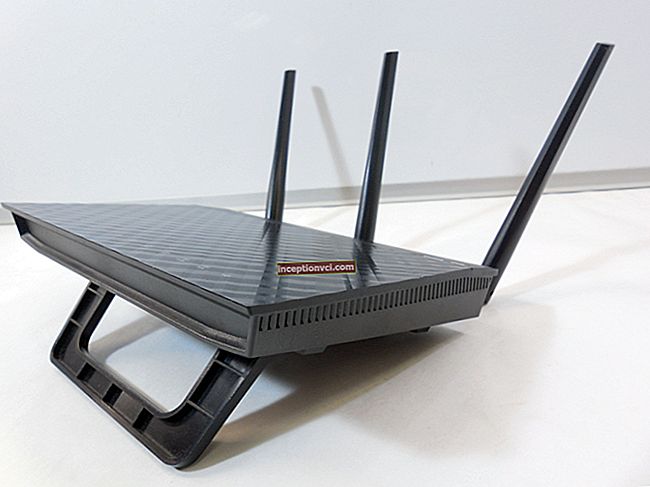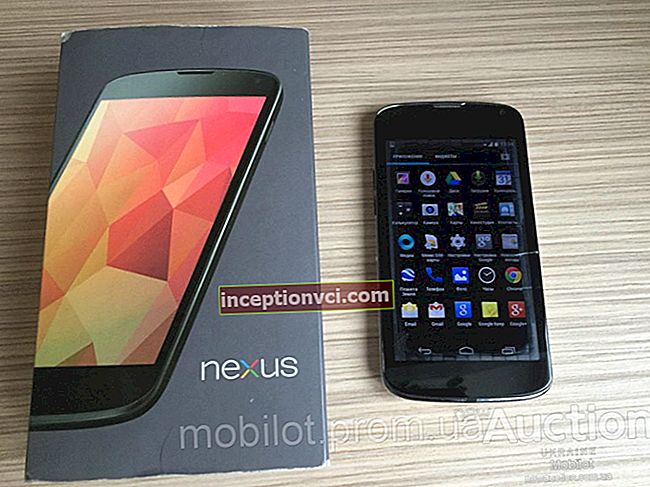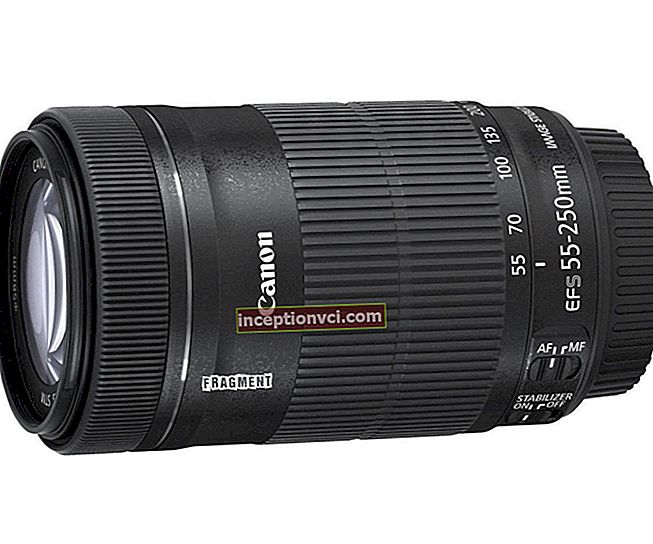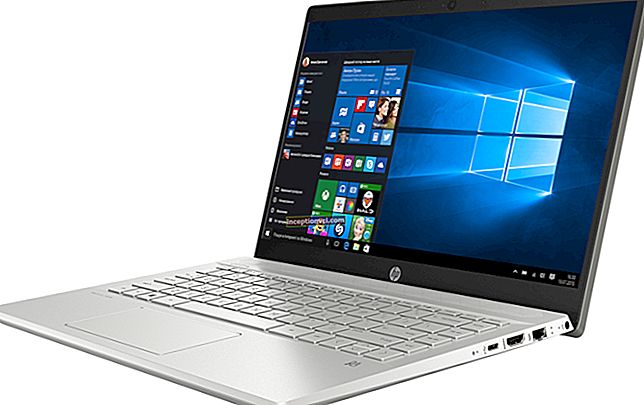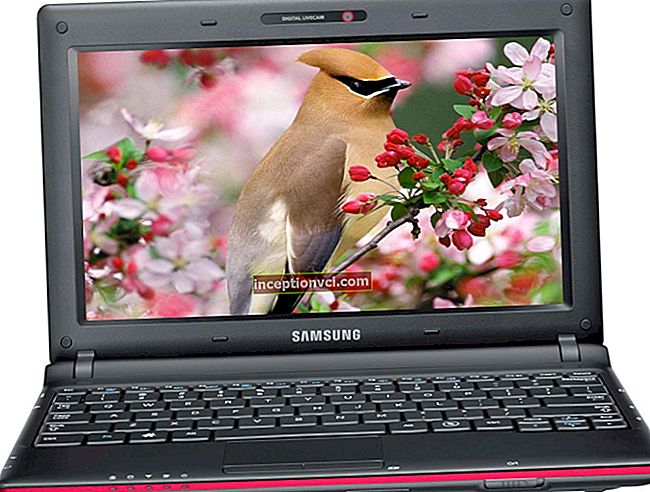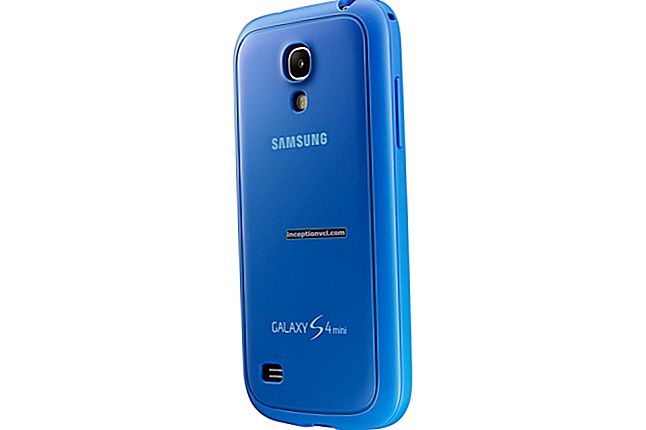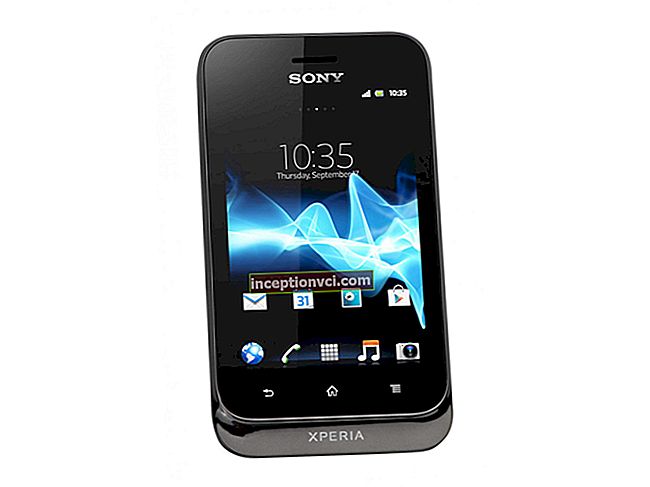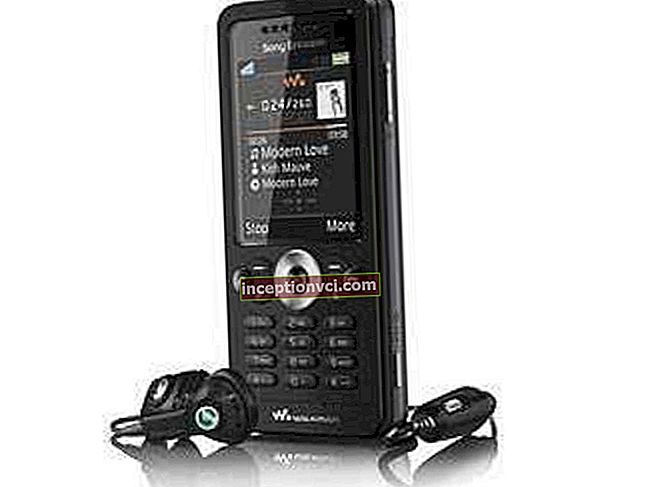
In 2004, Logitech announced the Z-5500 Digital active speaker system that includes DTS and Dolby Digital for under $ 400. This system became the successor to the popular Z-680. Changes include a new look for the speakers and subwoofer. The 5.1-channel system includes five satellites, a subwoofer with built-in power amplifier, SoundTouch Control Center decoder and wireless remote control.


Compared to the previous version, the Z-5500 has a redesigned, more traditional look. Logitech decided that most consumers should like the metallic / black combination. The dimensions of the subwoofer have become larger, which will not seem convenient to everyone. But good bass and reduced size don't go together. Logitech decided not to spare resources - there is simply nothing to criticize.

Total output power is 505W RMS, 188 of which are dedicated to the subwoofer. According to the manufacturer, the Z-5500 has a frequency range of 33 Hz - 20 kHz with a signal-to-noise ratio of 100 dB (typical). The SoundTouch Control Center decoder has analog and digital inputs and handles all audio processing. The system is designed to meet the needs of audiophiles and film enthusiasts as well as PlayStation and Xbox gamers. Looking ahead, the system has succeeded in all of these areas.
Equipment.



All components of the Z-5500 Digital speaker system are neatly packed in a huge box weighing about 25 kilograms. The package includes: Specification * Total Power (FTC Compliant): 505W RMS Subwoofer: 188 W RMS @ 8 ohms, 100 Hz, 10% THD Satellite speakers: Left and Right: 62W RMS x 2 (@ 8 ohm load, 1kHz, 10% THD) Center: 69W RMS @ 8 ohms, 1kHz, 10% THD Rear Left & Right: 62W RMS x 2 (@ 8 ohm load, 1kHz, 10% THD) * Total peak power: 1010W * Maximum SPL:> 115dB * Frequency response: 33 Hz - 20 kHz * Amplifier: Ultra-linear analog with high power output * Signal to noise ratio:> 93.5dB, typically 100 * Input impedance: 8000 Ohm * Compatibility: PC / Mac CDs MP3 DVD PlayStation consoles Xbox Opportunity overview The Z-5500's brains reside in the SoundTouch Control Center digital decoder, where the digital signal processing takes place. The SoundTouch Control Center decoder includes CS494003 32-bit DSP, Dolby Digital and DTS bitstreams including DTS 96/24. CS42526 are data conversion chips that are used to move signals between analog and digital domains. The CS42526 contains a surprising number of high quality converters, including six 24-bit DACs and two 24-bit ADCs. The chips also contain digital audio interfaces (S / PDIF) used for coaxial and optical digital connections. CS5351 Stereo ADC Chips are also used to convert analog inputs to digital. These chips are typically used in high-end audio systems. It's very nice that Logitech decided to use the CS5351 in the Z-5500 system. As a result, a 5.1-channel system sounds like more expensive systems. The liquid crystal display provides the user with all the information necessary for the operation of the system. On the front panel there is a discrete volume control and setting buttons. Headphone jacks are located on the right side. The power button in the lower right corner glows orange in standby mode and blue when the system is on. The rear panel of the decoder contains three 3.5 mm analog inputs - "mini-jacks". They are used (via a switch) in stereo or 5.1 mode. In the first case, you get three Stereo inputs, any of which can be used. In addition, there are digital inputs on the decoder: optical Toslink and coaxial "tulip". They are used to connect DVD or any similar peripherals. Thus, two digital inputs and three analog inputs can be used. This is sufficient for most users. The speakers of the Z-5500 system produce great sound. A removable black fabric mesh neatly covers the speaker, helping to protect it from dust and possible damage. Even without this cover, the speaker looks attractive. The satellites have exactly the same look. Even the column that should be located in the center is still the same rear or front satellite with the only difference that it can be installed with different tilt angles. The speakers can be placed both on horizontal surfaces and fixed on the walls - for this, each speaker has a special swivel mount. The satellite uses full-range speakers with a center metal cone and a new aluminum-coated diaphragm. The speakers are built into the bezel with a truncated horn - a good approach to reduce the diffraction phenomenon. The speakers used in the system satellites are magnetically shielded. The diffusers are made of paper, the suspensions are most like soft plastic. The size of the suspended cone is about 70 millimeters. The size of the plastic cases of the satellites is 95x170x100 mm. A bass reflex is located on the rear panel. The speakers are connected using special "clothespins" with bare-ended wires. All changes in the settings are conveniently made using the infrared remote control, which the manufacturers have prudently included in the Z-5500 kit. The Power button turns on the system, which is indicated by the blue LED on the front of the decoder. The Test button checks if each satellite is connected correctly. Special noise is generated at 2.5 second intervals in the following order: Front left, center, front right, rear right, rear left, and subwoofer. Mute and Volume Up / Down - volume control buttons. The dimensions of the wooden subwoofer are 330x330x380 millimeters. The size of the subwoofer diffuser is 230 millimeters. Almost the entire front panel is occupied by a protective metal mesh of the speaker. On the left side you can see the bass reflex hole. The rear panel of the subwoofer contains a colored block of RCA connectors for connecting each of the five satellites, a 15-pin interface connector for the SoundTouch Control Center decoder. The power switch and fuse holder occupy the bottom of the panel along with the power cord connector. Most of the rear panel of the subwoofer is occupied by the radiator fins. At Logitech, we always take steps to ensure good heat dissipation from electronics. The subwoofer of the Z-5500 system has a large toroidal transformer with two 10,000 uF capacitors for energy storage and a power amplifier. This kind of "stuffing" can be seen in more expensive systems, which is not typical for computer speaker systems. Measurements The measurements were carried out using a special one connected to an external sound card with off corrections on the systems. Signal - MLS. The frequency response of the Logitech Z-5500 shown in the graph shows that in the 3500-6500 Hz range there is a 5 dB drop, which adds a "special" color to the sound. And above 15 kHz, there is a sharp dip. In fact, these frequencies fall outside the main range. Such roll-offs are simply not acceptable for a good system, because this range is audible to most people, as low as 18 kHz. As a result, the high-frequency system does not fit into the declared range of 33 Hz - 20 kHz.As for the lower frequency limit, then - 3 dB it is 35 Hz. An attempt was also made to determine the real sound pressure of the system. But this did not work out. The fact is that for such a measurement, you need to turn on the system at maximum volume, before distortions appear. These are critical conditions for the system. But turning on the Z-5500 at the maximum volume, after a few minutes, the smell of "burning" appeared - I had to turn off the system so as not to spoil the speakers. After this check, the system did not seem to be damaged, but they did not dare to repeat the test. Listening to music of different styles Electronic: nelly_furtado_and_ju - There is no better way to see how the system reproduces the quirky sounds of electronic music than listening to this modern masterpiece. So, listening to "and_ju" - I was very impressed. I never expected the characteristic "electronic transitions" to be so soft and velvety. Bass: Scorn, Gyral This is where the system really, really shines! Scorn makes music that sounds like Doom. The Z-5500 played this music better than any other computer system I have ever listened to. Seriously. Jazz: Okean Yelzy "The Sky of the Sky" ... and this is where the weakness manifested itself. So far, the system is doing just fine with electronic music. The ocean, however, makes very versatile music with ensembles of sounds across the entire frequency range. Playing "Vishche of the sky" the system again showed very good bass, but the high frequencies are somehow "thin". It's hard to say for sure what exactly is bad, but some extra sonority is felt. Classical: Paradise Lost aria accompanied by a symphony orchestra. Classical music in general is much more dynamic than pop or electronic music. Rock tends to pick a volume and stick to it, to a greater or lesser extent, while classical music usually has a much smaller frequency range. Everything is very good here. The system did not cause any complaints. I would call the Z-5500 the classic champion of computer loudspeakers! Common sound cons: In the mids and highs, the Z-5500 has a slight lack of treble. At the middle frequencies, the sound is ringing, somewhat "loud", with a slightly noticeable metallic tinge. The Z-5500 satellites begin to rattle even at medium volume when the frequencies that are being reproduced coincide with the resonances of the cabinet - this greatly interferes with listening. In the low-frequency range, for which the subwoofer is responsible, regardless of the volume, the body emits significant overtones. These overtones are even perceived by some phonograms as notes that do not exist in reality. But this is not surprising when you take into account the rather thick walls of the subwoofer housing. Unfortunately, this reduces the intelligibility of the bass register. But overall the bass is very good! Summary. Overall, the Z-5500 is a good buy even for casual music lovers who won't play games. I didn't quite like how the system handles dynamic shifts, in the middle and especially in the high range, but these are definitely minor downsides. The Logitech Z-5500 Digital is a successful replacement for the Z-680. Modern stylish design and good sound, in any case not inferior to the Z-680. It is worth remembering that the Z-5500 Digital is not positioned as a replacement for a full-size speaker system, but is a compromise between decorative and full-size acoustics, where "special" sound is not a drawback, but rather a merit. On a ten-point system, I would give this computer acoustics 8.5 points! Pros: Modern design Powerful subwoofer Remote control Discrete volume control Minuses: Specific sound

















